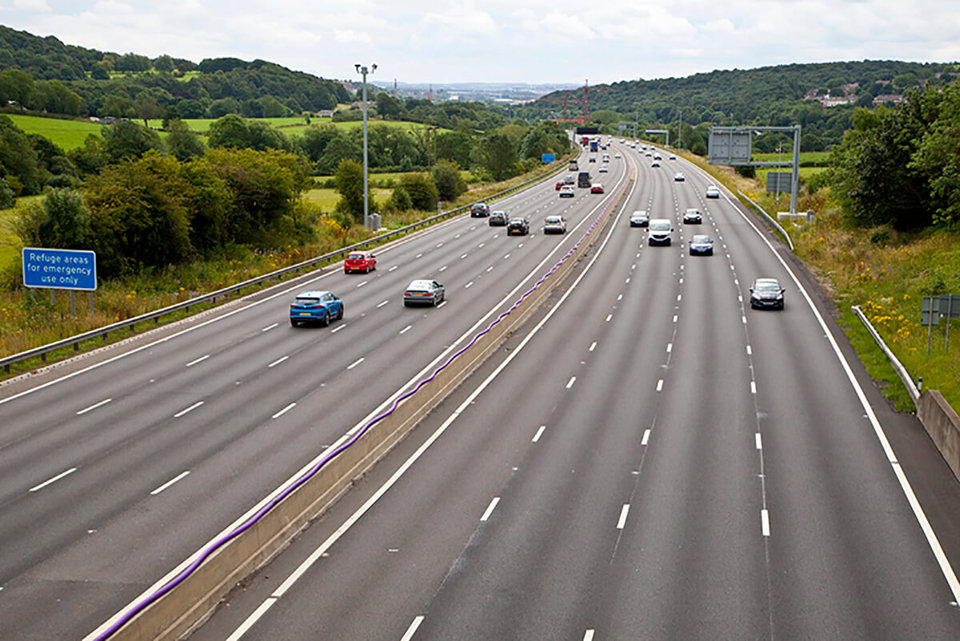A new fleet benchmarking programme will enable companies to measure themselves against their peers in terms of fleet policy, with an ultimate aim of sharing best practice to raise standards across the sector.
Backed by the Department for Transport (DfT) and Highways England, it is being managed by Driving for Better Business (DfBB) in partnership with Roadsafe and Fleet News.
Based on gap analysis data from DfBB’s Online Risk Assessment tool, the initiative measures processes, rather than figures, to pinpoint where companies are failing to meet critical operating standards. It then allows them to track improvements – and their performance – against other organisations.
Findings and advice from the benchmarking programme will be published each month in Fleet News, helping fleets to identify the areas of operation they need to prioritise for improvement.
Adrian Walsh, director of Roadsafe which leads the DfBB campaign, said: “The implementation of this new benchmarking project will allow businesses and organisations to measure their individual road safety and environmental performance against their peers and other fleets operating in the same sector.”
The free gap analysis tool delves into four key areas of fleet policy: organisation, driver, vehicle and journey. It questions decision-makers about the policies they have in place and helps them to identify areas that could be improved. It will also show what activities are considered to be a minimum standard for legal compliance, and what leading employers and regulators would consider to be good practice.
Four optional sections for non-standard risks are also available, covering towing, specialist vehicles, motorcycles and outsourced services.
“It will give fleet decision-makers the legal, moral and financial reasons for changing what they are doing, or it will give them the ammunition to say to their board, ‘we are doing a good job’,” said Walsh. “The gap analysis is the starting point.”
He added: “We know there are many with little understanding of where to start to collect appropriate information and how best to analyse and interpret this information once they have it. The benchmarking initiative is designed to assist these processes by providing standardised methods through an open and easily accessible online platform.”
DfBB will also rely on a practitioner group of fleet decision-makers and safety experts to provide advice and guidance on business practices.
Among them is Tavid Dobson, who as lead safety risk management specialist at the Rail Safety and Standards Board, brings substantial knowledge about benchmarking practices in a safety-obsessed industry.
“Too often, road risk is not seen by health and safety practitioners as one of the significant risks they would be talking to senior management about. This is one reason we need benchmarking,” Dobson said.
Anthony Marcou, group fleet manager at JLA and Commercial Fleet Awards 2019 fleet manager of the year, agrees.
“The only real benchmarking I’ve done in recent years is around accidents. If we’re talking about wider benchmarking, then I’ve not seen much of that done in the industry,” he said. “I would like to work with more fleet managers to understand where they’re at, so that we can all work together against the same goals, over a wide range of indexes. After all, we’re all aiming to keep driving safe and cut our costs and be on the same sort of road when it comes to sustainability.”
The DfT has provided funding to Driving for Better Business via Highways England for a number of years as a way to improve road driving standards by engaging employers. It is also a firm believer in the benefits of benchmarking.
In its road safety statement, the DfT said: “The department has funded Roadsafe to work with commercial fleets, employers’ organisations and drivers to identify and promote good practice in work related road safety, including supporting the Driving for Better Business Programme by promoting a widely available and easy-to-use benchmarking programme.
“This aims to assist businesses and public sector organisations in understanding how their internal management systems compare with others.”
This article was first published in the October edition of Fleet News.




















Login to comment
Comments
No comments have been made yet.